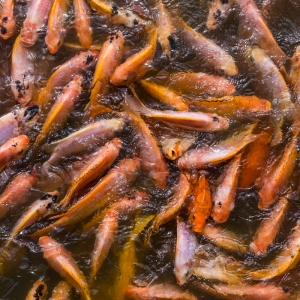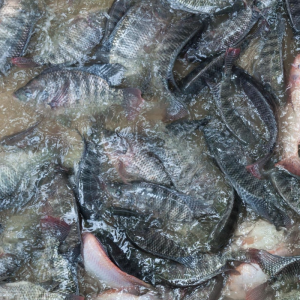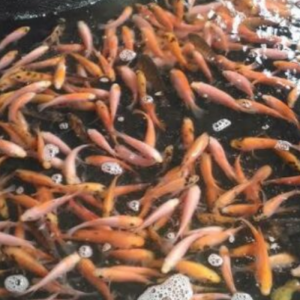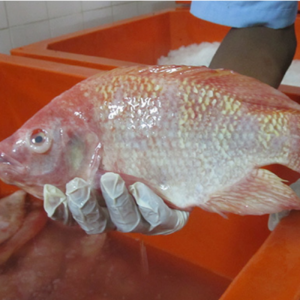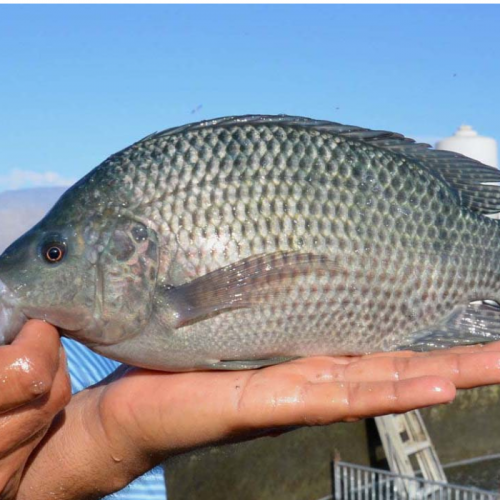
Effect of β-glucan on Tilapia under Hypoxia
| Thu, 28 Oct 2021 - 16:28
Currently, along with the development of the Aquaculture industry, aquatic species are increasingly reared on an intensive scale, leading to many problems including the rapid increase of diseases caused by microorganisms. especially when fish are not kept under optimal conditions (high stocking density, poor water quality, lack of oxygen, poor or inappropriate feeding, etc.)
Hypoxia is one of the most important and common challenges in fish farming and can be caused by many factors, including season, water composition, currents and fish density. Animals that live in a low-oxygen environment for a long time will have reduced immunity and poor disease resistance. The study clearly shows that, when the lack of dissolved oxygen in water is prolonged, the risk of bacterial disease is very easily increased.
Therefore, natural compounds with antibacterial and immunostimulating properties are increasingly being investigated as alternatives to antibiotics in aquaculture.
Beta-glucan is a polysaccharide immunostimulant linked by Beta-glycosidic bonds between glucose chains. The use of β-glucan in aquaculture has been shown to be effective in promoting greater resistance in fish under stressful conditions, especially in the face of challenges of microbial pathogens, through stimulation of innate immune responses.
Read more: Genetics Influences Physical Fitness of Tilapia
In this study, the effects of water administration of β-glucan on growth performance and immunological parameters were evaluated in tilapia ( Oreochromis niloticus ) under hypoxia-induced stress. At the same time, the effect of this prebiotic (β-glucan) was evaluated on the diversity of the gut microbiota under normal oxygen conditions.
Three treatments were performed according to beta-glucan water supplementation: 0 (control), 0.1 and 0.3 mg/L. Blood was taken before hypoxia challenge (BHC) and 9 h after hypoxia challenge (AHC).
The end of the experiment showed that, in the group supplemented with 0.3 mg/L, the growth was higher than that of the other treatments, but not significantly different.
There was no difference in survival between the non-oxygenated (BHC) treatments; however, survival was significantly higher in the 0.1 mg/L supplement group for seven days after hypoxia (7AHC).
Red more: Prevention and Treatment Of Streptococcal Disease in Tilapia
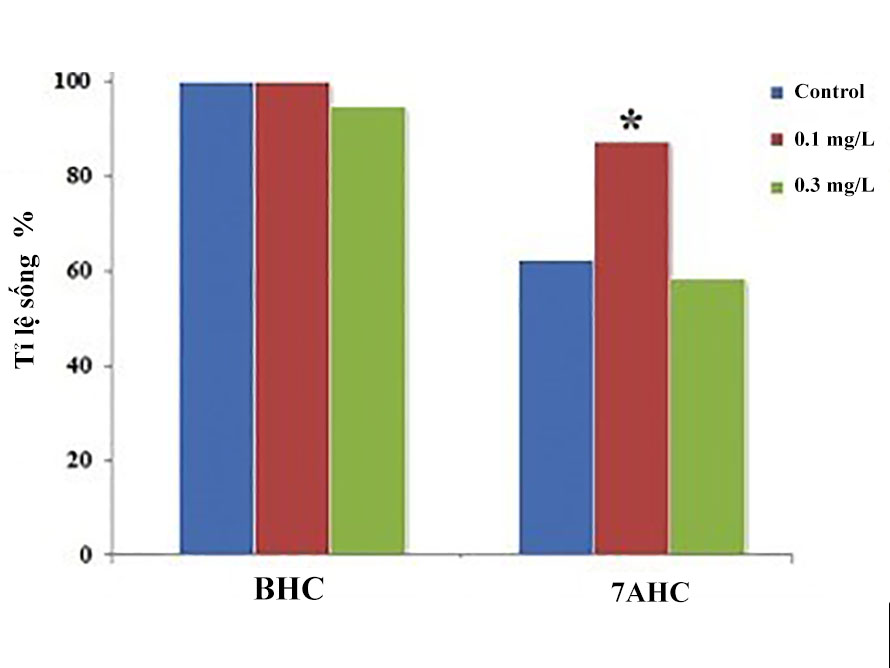
Survival Rate
According to the results of hematology determination, there was no significant difference in red blood cells, hemoglobin, and hemoglobin in the group without hypoxia (BHC). After the hypoxia challenge, only the hemoglobin concentration increased significantly in the 0.3 group compared with the 0.1 group. However, when comparing BHC with the AHC time point, a significant increase in red blood cell count, as well as thrombocytopenia, was observed in the control group.
Comparison of the two concentrations of β-glucan indicated that a concentration of 0.3 mg/L promoted an increase in lymphocyte counts. The blood glucose level in the 0.3 group was higher than in the 0.1 BHC group; however, for all groups, glucose levels markedly increased AHC, and then decreased AHC after seven days (7AHC, P < 0.05). The concentrations of total protein, serum lysozyme, plasma lactase, triglycerides and cholesterol did not differ between groups.
Administration of β-glucan at a concentration of 0.1 mg/L also increased the abundance and composition of the tilapia gut microbiota compared with the control group.
Results from the study indicated that β-glucan used in water at a concentration of 0.1 mg/L mitigated the effects of hypoxic stress in tilapia, as evidenced by a reduction in mortality and a correction of plasma glucose levels, while stimulating the immune system to resist pathogens.
Source: tepbac.com













